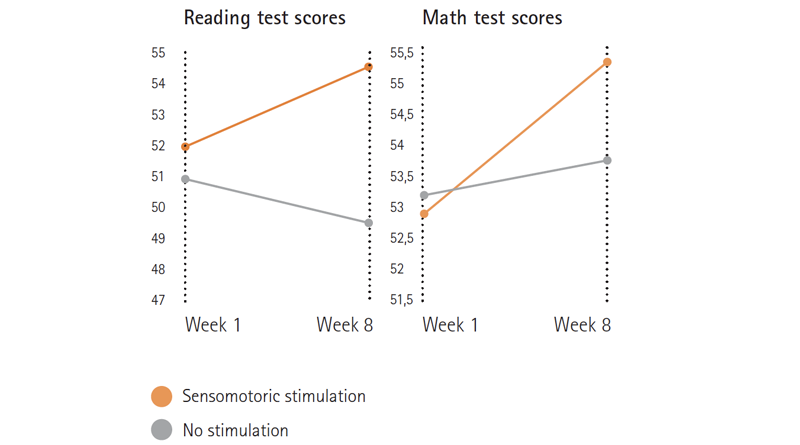Test the Benefits of Movement in the Classroom
By SCN Staff
“Watching a child makes it obvious that development of body and mind comes through movement.” – Maria Montessori
Studies have found that schools perform better when exercise is integrated into school life.
An 18-month research study in several German elementary schools showed students with sensomotoric – or muscle – stimulation throughout the school day had significantly better test results. Even small movements enabled by a responsive chair, such as VS America’s PantoMove or JUMPER® Air, can play an important role in performance.
More researchers are corroborating the findings that even low-intensity activities can promote good health (Banzer 2011), provided they take place regularly and are integrated into the daily routine (Levine 2002, Burzynska et al. 2014, Altenburg et al. 2015).
The psychologist Jean Piaget has shown that the sensomotoric skills of a child represent the foundation of their intellectual, social, and personal development. A lack of proprioceptive sensory experiences can lead to posture and behavior problems, lack of concentration, and weakness in language, reading, and math.
Movement is the way forward
Thinking and learning do not just happen in the head. From the moment of birth until an advanced age, the body is an integral part of well-being and of all intellectual processes. This also includes many intuitive activities that most of us are not even aware of and that emerge rather incidentally.
Researchers refer to these as “Non-exercise activity thermogenesis” (NEAT) (Levine 2002). They include all musculature activities that are not consciously organized and include everyday physical activities such as moving a chair back and forth, intuitive changes of position when standing or working on the floor, moving one’s hands while talking, and even nervous foot-tapping.
Furniture in the learning space plays a pivotal role as it greatly influences physiological learning behavior and social interactions. Furniture also creates opportunities for healthy and needs-appropriate behaviors by opening up possibilities for posture and movement.
Importance of Dynamic Sitting
Watch Dr. Dieter Breithecker, Health and Kinetics Scientist, explain the difference between rigid and dynamic sitting, and why dynamic sitting is necessary for student health and well-being at https://youtu.be/iWluEWTaawM. He also explains what to look for in a chair design to ensure the chair absorbs and supports spontaneous activity, keeping the brain alert and engaged.
Learn More About VS America
Learn more about agile furniture that is built to support student and teacher well-being at www.vsamerica.com, or contact VS at https://vsamerica.com/contact.
This article is designated as Branded Content and School Construction News does not ensure the veracity or accuracy of the information included within.

